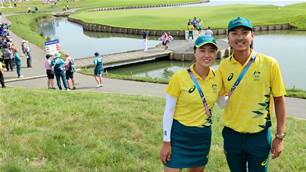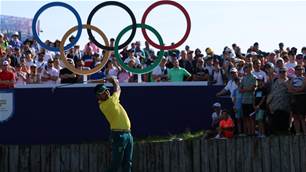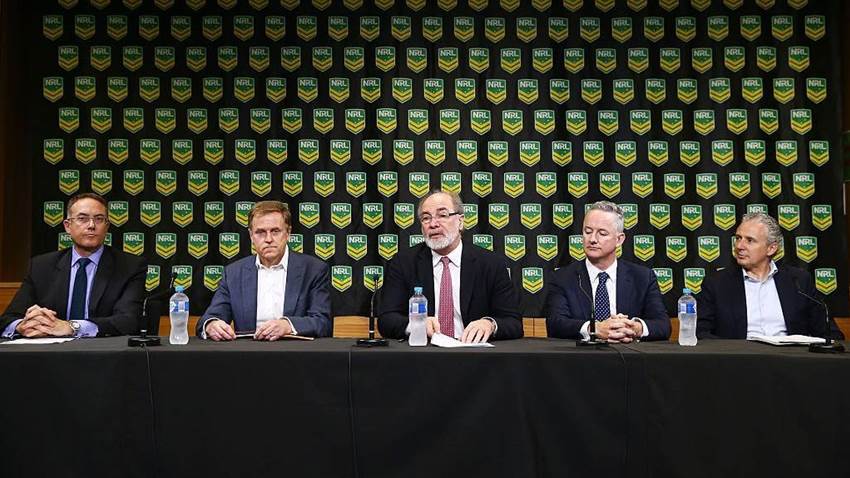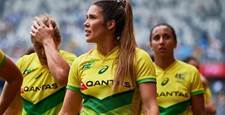World Rugby will for the second term in a row only have a single woman on its executive committee.
After the recent elections this leaves the committee with more men called Brett than women. This lack of diversity at the top of rugby also exists with Rugby Australia.
World Rugby's global council is at present a little more diverse. Reforms applied within the organisations in 2017 are largely to credit for the 17 women out of 50 members currently present on this council.
These reforms raised the percentage of female representation from 0 to 35%.
This increased visibility of women within World Rugby has been welcomed. However, the latest executive committee election illustrates the progress which still needs to be done within the organisation which oversees Rugby union 15s and Olympic Rugby 7s.
This progress is needed at a time where women are a significant factor in the growth of the sport worldwide.
Greater Visibility of the Women's Game has Lead to Growth
According to World Rugby women now make up 26% of all rugby players, with the amount of women involved in the sport globally having increased 60% since 2013.
40% of all global fans are women. 50% of all Olympic rugby players are women.
There has consistently been a link between women's sports visibility and women's participation, in all sport.
The addition of women on the World Series Seven Series, as well as the reemergence of rugby at the Olympics, has increased the visibility of the women's rugby.
During this period several nations have also been making greater efforts to schedule more test matches for their 15s squad.
The accessibility of these matches has also increased through with tests often now being televised or streamed. These factors are the key driver of the growth of the sport.
Australian women's participation in rugby has likewise seen a sharp increase in the last few years.
In 2018 23% of the total playing populations was female, with 63,443 Australia women and girls playing rugby both within the 15s and 7s format.
After the inaugural 2018 season of Super W rugby, 15s saw a further 20% increase in participation in Australia.
Current State of Women's Rugby
Despite the increase in participation of women, significant differences currently exist between the status of men and women in rugby union.
The men's game has a significant level of professionalization both at the international and club level for 15s as well as on the rugby 7s circuit.
The women's rugby 7s circuit is also professional, although often at much lower salaries than male counterparts. This is not the case in Australia where the reigning Olympic gold medalists women's 7s team achieved pay equality in 2018.
Within the 15s game only a few nations offer professional contracts to some of their female players.
Most of these players need secondary jobs to supplement their contracts. Australia only offers players on their women's team, the Wallaroos, payment for test matches. Their male counterparts receive central contracts.
Club rugby is either amateur or semi-professional within the women's game.
More concerning is the significantly lower level of development, training, playing and medical standards often found in the women's game. In many places, women and girls have little to no avenues to play the game.
Even at the top of international rugby standards can be staggeringly lower for women.
Female players from the top five ranked women's rugby nations who participated in the much-touted Women's Rugby Super Series 2019 last July were given tents with no showers to use as changing rooms, portable toilets and played on a sub-standard battered pitch.
Arguably this would never have been the case for their male counterparts. Clearly women's rugby has a way to go to start gaining equity.
Lack of diversity at the executive level in Australia and World Rugby
For the women's game to keep growing leadership must exist both at the national and the international level.
The current World Rugby executive committee's situation comes one month and a half after Rugby Australia failed to nominate a single woman to its board.
When this occurred leading sports and business figures called out Rugby Australia for their lack of diversity.
Leading individuals have once again come out to call out World Rugby for reinforcing another "old boy's club".
Many worry that these current gender inequalities could hinder or even threaten the strides women's rugby has made in the last few years.
This is especially pertinent considering the current pandemic caused the financial crisis. Significant cuts to women's programs have already occurred.
It should be stated that progress can be lead by all. However, without the presence of those whose gender is exposed to lower standards and who live through a different sporting reality, needed change and prioritization may be more difficult to implement or even understand.
As former England captain Catherine Spencer has stated "boards in sport don't necessarily have to be representative of where we are, but where we want to go."
At present Rugby Australia's board is neither.
At present World Rugby's executive is just Brett-loaded.
Related Articles

Min Woo backs Minjee to win the medal that eluded him

Playing From The Tips Ep.75: Women's Olympics, Wyndham & more













